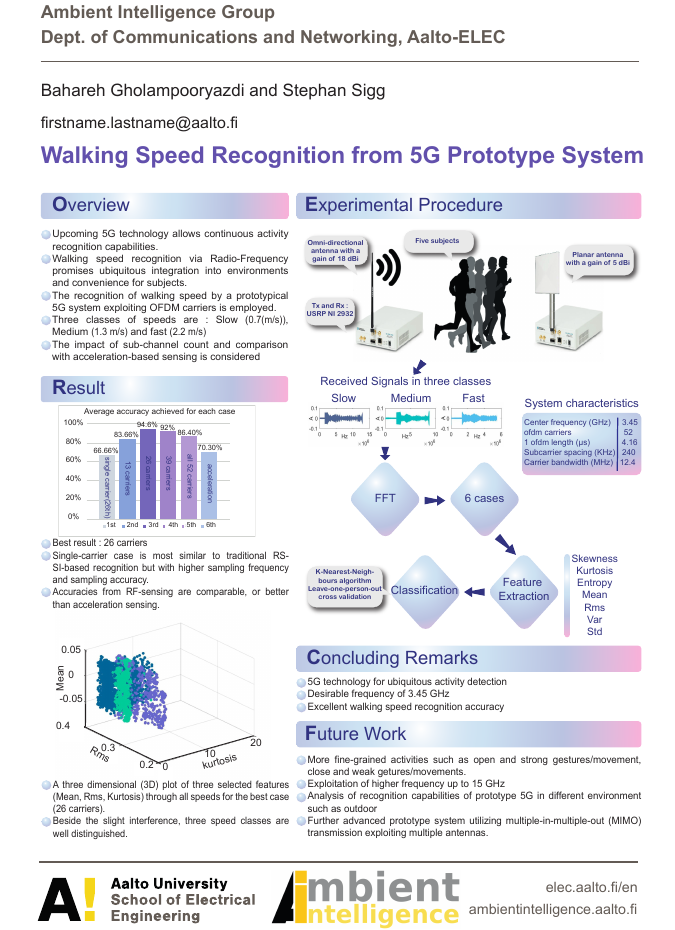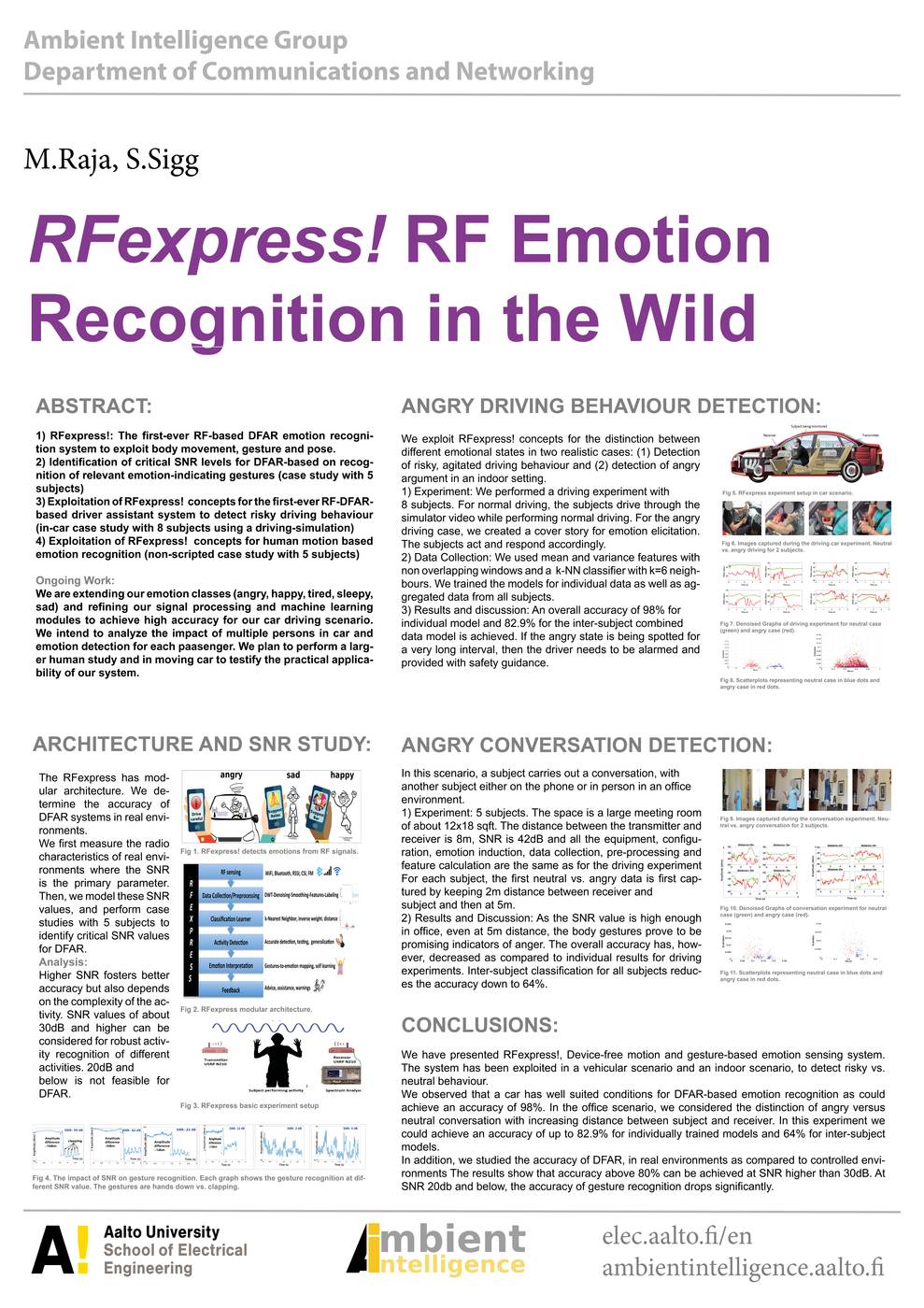
Sameera Palipana
- Aalto University
- Maarintie 8
- 00076 Espoo
- Finland
Sameera's research interests are in device-free/based localization, activity recognition, signal processing and machine learning using RF signals. He is currently a postdoctoral researcher in the "Ambient Intelligence" group at the Department of Communications and Networking, Aalto University. He obtained his PhD from Cork Institute of Technology, Ireland, under the supervision of Prof. Dirk Pesch and Dr. Piyush Agrawal in 2018. He received his Master's degree at the department of Information and Communication Technology at University of Bremen, Germany in 2014, and received his B.Sc.(Hons) degree in Electronic and Telecommunication Engineering from University of Moratuwa, Sri Lanka in 2010. [Personal page]

<script src="https://bibbase.org/show?bib=https://ambientintelligence.aalto.fi/bibtex/LiteraturAll&folding=0&filter=author_short:Palipana&jsonp=1"></script>
<?php
$contents = file_get_contents("https://bibbase.org/show?bib=https://ambientintelligence.aalto.fi/bibtex/LiteraturAll&folding=0&filter=author_short:Palipana");
print_r($contents);
?>
<iframe src="https://bibbase.org/show?bib=https://ambientintelligence.aalto.fi/bibtex/LiteraturAll&folding=0&filter=author_short:Palipana"></iframe>
For more details see the documention.
To the site owner:
Action required! Mendeley is changing its API. In order to keep using Mendeley with BibBase past April 14th, you need to:
- renew the authorization for BibBase on Mendeley, and
- update the BibBase URL in your page the same way you did when you initially set up this page.
link bibtex
@article{salami2022tesla,
title={Tesla-rapture: A lightweight gesture recognition system from mmwave radar sparse point clouds},
author={Salami, Dariush and Hasibi, Ramin and Palipana, Sameera and Popovski, Petar and Michoel, Tom and Sigg, Stephan},
journal={IEEE Transactions on Mobile Computing},
year={2022},
publisher={IEEE},
group = {ambience},
project = {radiosense},
group = {ambience}}
link bibtex abstract
@article{Sameera_2021_IMWUT,
author={Sameera Palipana and Dariush Salami and Luis Leiva and Stephan Sigg},
journal={Proceedings of the ACM on Interactive, Mobile, Wearable and Ubiquitous Technologies (IMWUT)},
title={Pantomime: Mid-Air Gesture Recognition with Sparse Millimeter-Wave Radar Point Clouds},
year={2021},
abstract={We introduce Pantomime, a novel mid-air gesture recognition system exploiting spatio-temporal properties of millimeter-wave radio frequency (RF) signals. Pantomime is positioned in a unique region of the RF landscape: mid-resolution mid-range high-frequency sensing, which makes it ideal for motion gesture interaction. We configure a commercial frequency-modulated continuous-wave radar device to promote spatial information over temporal resolution by means of sparse 3D point clouds, and contribute a deep learning architecture that directly consumes the point cloud, enabling real-time performance with low computational demands. Pantomime achieves 95\% accuracy and 99\% AUC in a challenging set of 21 gestures articulated by 45 participants in two indoor environments, outperforming four state-of-the-art 3D point cloud recognizers. We also analyze the effect of environment, articulation speed, angle, and distance to the sensor. We conclude that Pantomime is resilient to various input conditions and that it may enable novel applications in industrial, vehicular, and smart home scenarios.
},
issue_date = {March 2021},
publisher = {ACM New York, NY, USA},
volume = {5},
number = {1},
pages = {1-27},
group = {ambience},
project = {radiosense,windmill}
}
link bibtex
@InProceedings{Salami_2020_MLSP,
author = {Dariush Salami and Sameera Palipana and Manila Kodali and Stephan Sigg},
booktitle = {IEEE 30th International Workshop on Machine Learning for Signal Processing (MLSP)},
title = {Motion Pattern Recognition in 4D Point Clouds},
year = {2020},
project ={radiosense,windmill},
group={ambience}
}
doi link bibtex
@article{Muneeba_2020_3D,
author={ Muneeba Raja and Zahra Vali and Sameera Palipana and David G. Michelson and Stephan Sigg },
journal={IEEE Access},
title={3D head motion detection using millimeter-wave Doppler radar},
year={2020},
doi = {10.1109/ACCESS.2020.2973957},
project={radiosense},
group = {ambience}
}
doi link bibtex abstract
@InProceedings{Sameera_2020_Beamsteering,
author = {Sameera Palipana and Nicolas Malm and Stephan Sigg},
booktitle = {18th Annual IEEE International Conference on Pervasive Computing and Communications (PerCom) },
title = {Beamsteering for training-free Recognition of Multiple Humans Performing Distinct Activities},
year = {2020},
doi = {10.1109/PerCom45495.2020.9127374},
abstract = {Recognition of the context of humans plays an important role in pervasive applications such as intrusion detection, human density estimation for heating, ventilation and air-conditioning in smart buildings, as well as safety guarantee for workers during human-robot interaction. Radio vision is able to provide these sensing capabilities with low privacy intrusion. A common challenge though, for current radio sensing solutions is to distinguish simultaneous movement from multiple subjects. We present an approach that exploits multi-antenna installations, for instance, found in upcoming 5G instrumentations, to detect and extract activities from spatially scattered human targets in an ad-hoc manner in arbitrary environments and without prior training of the multi-subject detection. We perform receiver-side beamforming and beam-steering over different azimuth angles to detect human presence in those regions separately. We characterize the resultant fluctuations in the spatial streams due to human influence using a case study and make the traces publicly available. We demonstrate the potential of this approach through two applications: 1) By feeding the similarities of the resulting spatial streams into a clustering algorithm, we count the humans in a given area without prior training. (up to 6 people in a 22.4m2 area with an accuracy that significantly exceeds the related work). 2) We further demonstrate that simultaneously conducted activities and gestures can be extracted from the spatial streams through blind source separation.},
%url_Paper = {http://ambientintelligence.aalto.fi/paper/findling_closed_eye_eog.pdf},
project = {radiosense},
group = {ambience}
}
link bibtex abstract
@article{Sameera_2019_access,
author={Sameera Palipana and Stephan Sigg},
journal={IEEE Access},
title={Extracting Human Context through Receiver-end Beamforming},
year={2019},
abstract = {Device-free passive sensing of the human targets using wireless signals have acquired much attention in the recent past because of its importance in many applications including security, heating, ventilation
and air conditioning (HVACs), activity recognition, and elderly care. In this paper, we use receiver-side beamforming to isolate the array response of a human target when the line of sight array response is several
magnitudes stronger than the human response. The solution is implemented in a 5G testbed using a software-defined radio (SDR) platform. As beamforming with SDRs faces the challenge to train the beamformer to
different azimuth angles, we present an algorithm to generate the steering vectors for all azimuth angles from a few training directions amidst imprecise prior information on the training steering vectors. We extract the
direction of arrival (DoA) from the array response of the human target, and conducting experiments in a semi-anechoic chamber, we detect the DoAs of up to four stationary human targets and track the DoA of up
to two walking persons simultaneously.
},
project = {radiosense},
group = {ambience}
}
link bibtex abstract
@InProceedings{Palipana_2019_buildsys,
author={Sameera Palipana and Stephan Sigg},
booktitle={Conference on Systems for Energy-Efficient Buildings, Cities and Transportation (Buildsys) (adjunct)},
title={Receiver-Side Beamforming to Isolate Channel Perturbations from a Human Target in a Device-Free Setting},
year={2019},
abstract={We present an approach to isolate the angular response of a human on a receiver-side beamformer when the line of sight is sevaral magnitudes stronger than the human response.
The solution is implemented in a 5G testbed using a software-defined radio (SDR) platform.
Beamforming with SDRs faces the challenge to train the beamformer to different azimuth angles.
We present an algorithm to generate the steering vectors from a few training points amidst imprecise prior information.
In particular, we assign asimuth angles to steering vectors converted from phase rotations of signals transmitted from reference directions.
Furthermore, we detect a human and estimate the direction from strong signal perturbations towards that angle.
Experiments for a person performing in-place activities in a semi-anechoic chamber show a detection accuracy of 100% and a maximum median direction of arrival error of 40 degree.},
project = {radiosense},
group = {ambience}
}
link bibtex abstract
@InProceedings{Sigg_2019_miel,
author={Stephan Sigg and Sameera Palipana and Stefano Savazzi and Sanaz Kianoush},
booktitle={International Conference on Business Process Management (adjunct)},
title={Capturing human-machine interaction events from radio sensors in Industry 4.0 environments},
year={2019},
abstract={In manufacturing environments, human workers interact with increasingly autonomous machinery.
To ensure workspace safety and production efficiency during human-robot cooperation, continuous and accurate tracking and perception of workers activities is required.
The RadioSense project intends to move forward the state-of-the-art in advanced sensing and perception for next generation manufacturing workspace.
In this paper, we describe our ongoing efforts towards multi-subject recognition cases with multiple persons conducting several simultaneous activities.
Perturbations induced by moving bodies/objects on the electro-magnetic wavefield can be processed for environmental perception.
In particular, we will adopt next generation (5G) high-frequency technologies as well as distributed massive MIMO systems.
},
project = {radiosense},
group = {ambience}}
link bibtex
@inproceedings{corbalan2019chorus,
title={Chorus: UWB concurrent transmissions for GPS-like passive localization of countless targets},
author={Corbal{\'a}n, Pablo and Picco, Gian Pietro and Palipana, Sameera},
booktitle={Proceedings of the 18th International Conference on Information Processing in Sensor Networks},
pages={133--144},
year={2019},
organization={ACM},
group = {ambience}}
link bibtex
@article{palipana2018falldefi,
title={FallDeFi: Ubiquitous fall detection using commodity Wi-Fi devices},
author={Palipana, Sameera and Rojas, David and Agrawal, Piyush and Pesch, Dirk},
journal={Proceedings of the ACM on Interactive, Mobile, Wearable and Ubiquitous Technologies},
volume={1},
number={4},
pages={155},
year={2018},
publisher={ACM},
group = {ambience}
}
link bibtex
@inproceedings{palipana2016channel,
title={Channel state information based human presence detection using non-linear techniques},
author={Palipana, Sameera and Agrawal, Piyush and Pesch, Dirk},
booktitle={Proceedings of the 3rd ACM International Conference on Systems for Energy-Efficient Built Environments},
pages={177--186},
year={2016},
organization={ACM},
group = {ambience}
}
link bibtex
@inproceedings{palipana2014scalable,
title={Scalable and Self-sustained Algorithms for Femto-Cell Interference Mitigation},
author={Palipana, Sameera and Zaki, Yasir and Toseef, Umar and Chen, Jay and Goerg, Carmelita},
booktitle={International Conference on Mobile Networks and Management},
pages={3--17},
year={2014},
organization={Springer},
group = {ambience}}
%%% 2013 %%%
link bibtex
@inproceedings{udugama2013analytical,
title={Analytical characterisation of multi-path content delivery in content centric networks},
author={Udugama, Asanga and Palipana, Sameera and Goerg, Carmelita},
booktitle={2013 Conference on Future Internet Communications (CFIC)},
pages={1--7},
year={2013},
organization={IEEE},
group = {ambience}
}
link bibtex
@inproceedings{palipana2012localization,
title={Localization of a mobile robot using ZigBee based optimization techniques},
author={Palipana, S and Kapukotuwe, C and Malasinghe, U and Wijenayaka, P and Munasinghe, SR},
booktitle={2012 IEEE 6th International Conference on Information and Automation for Sustainability},
pages={215--220},
year={2012},
organization={IEEE},
group = {ambience}}



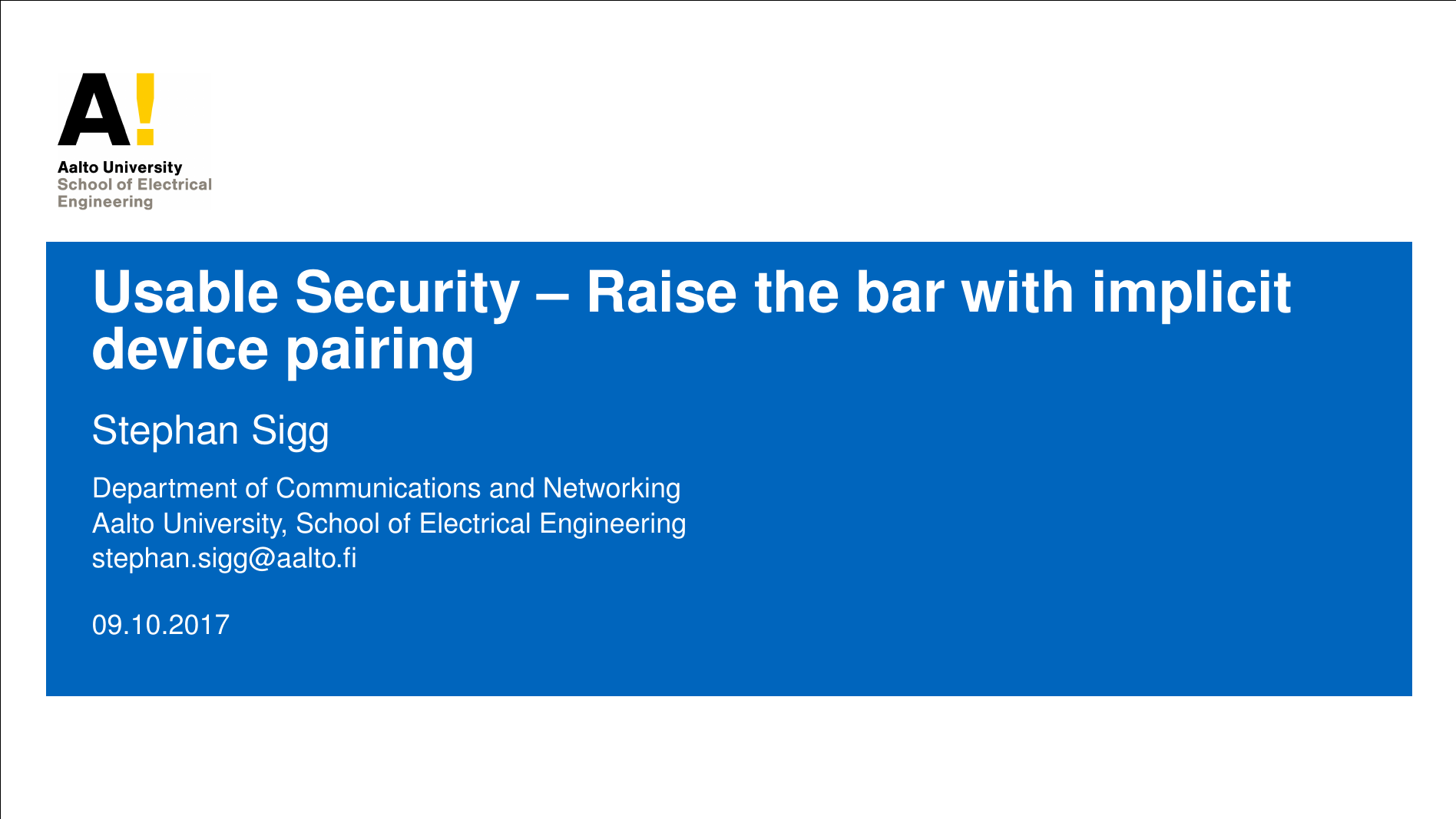

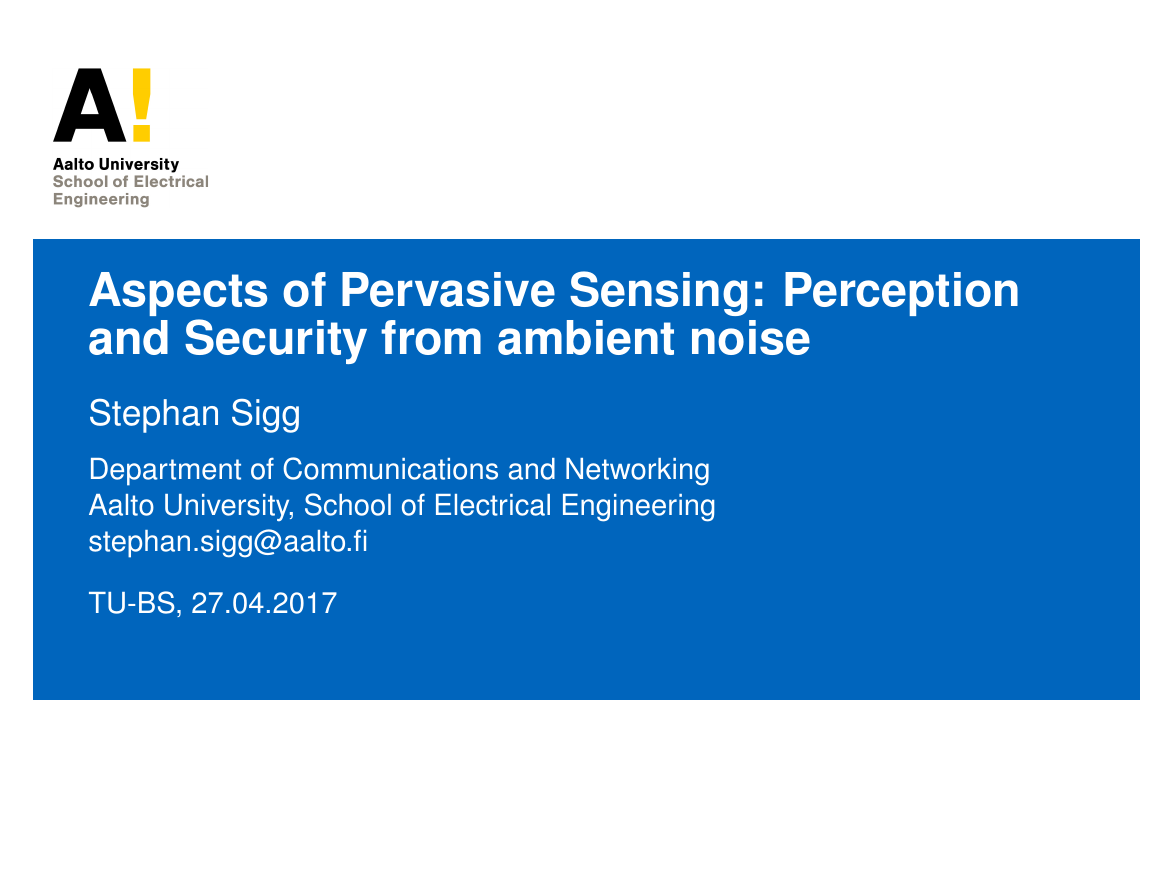
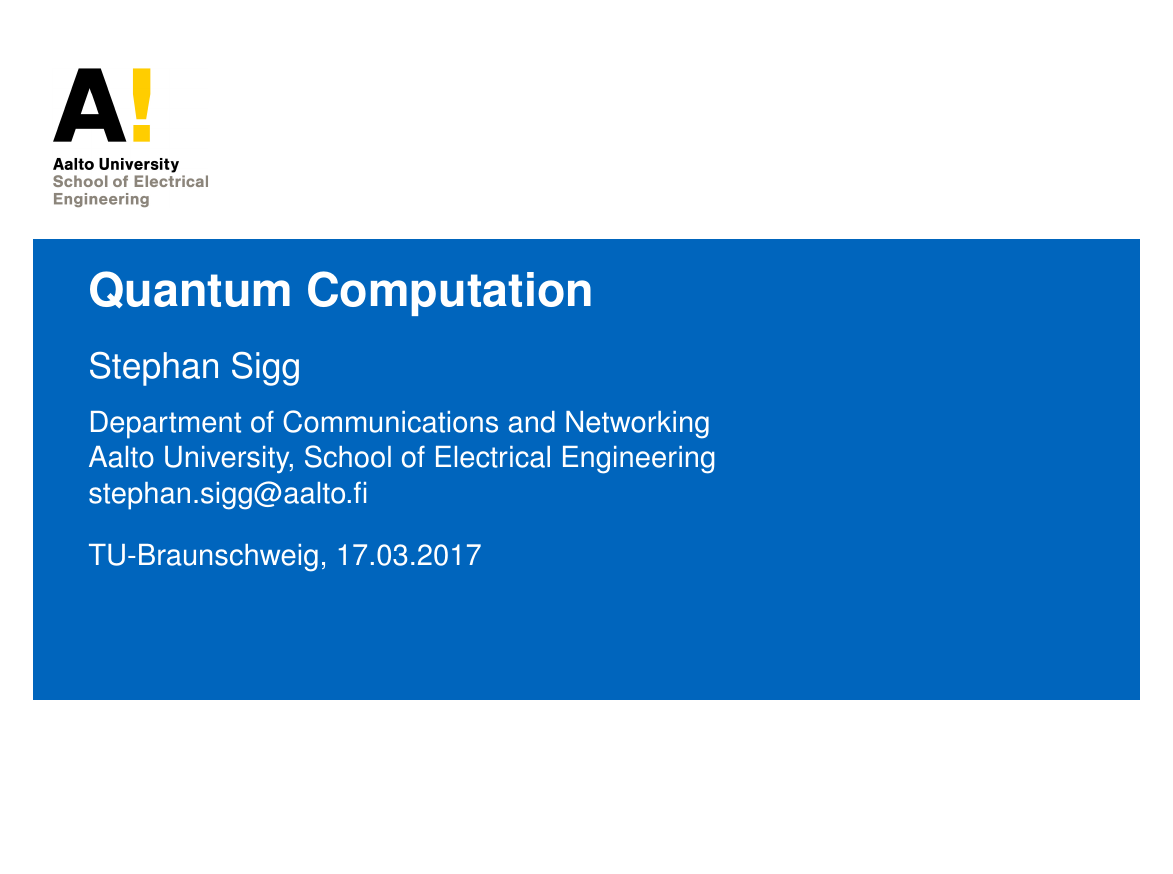

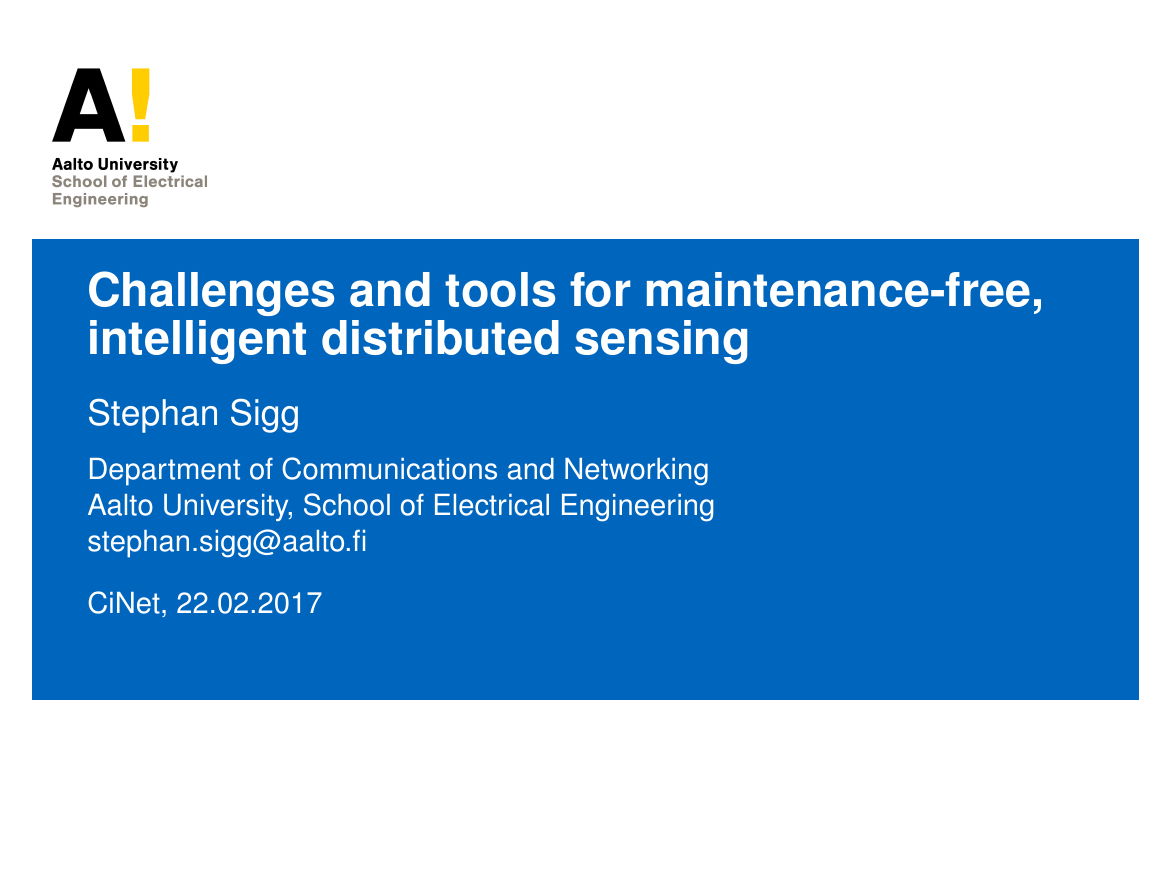
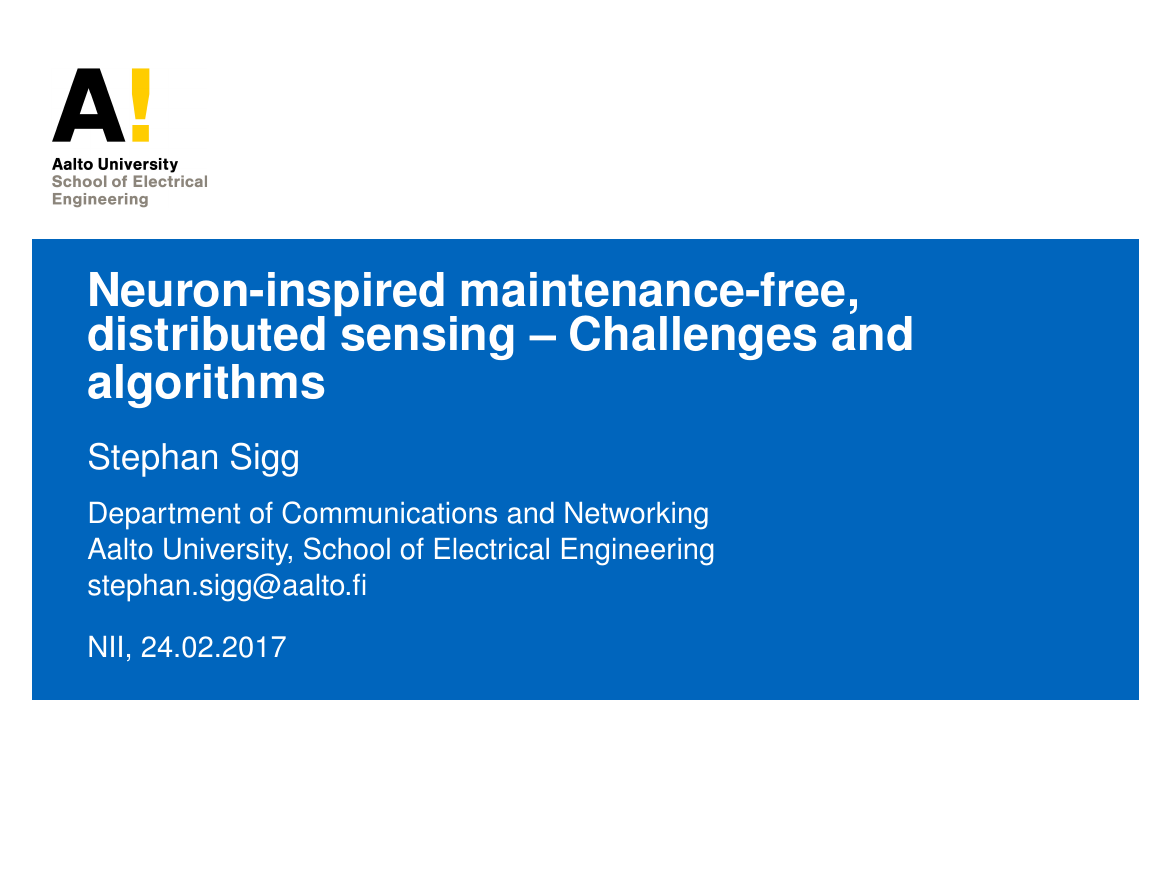

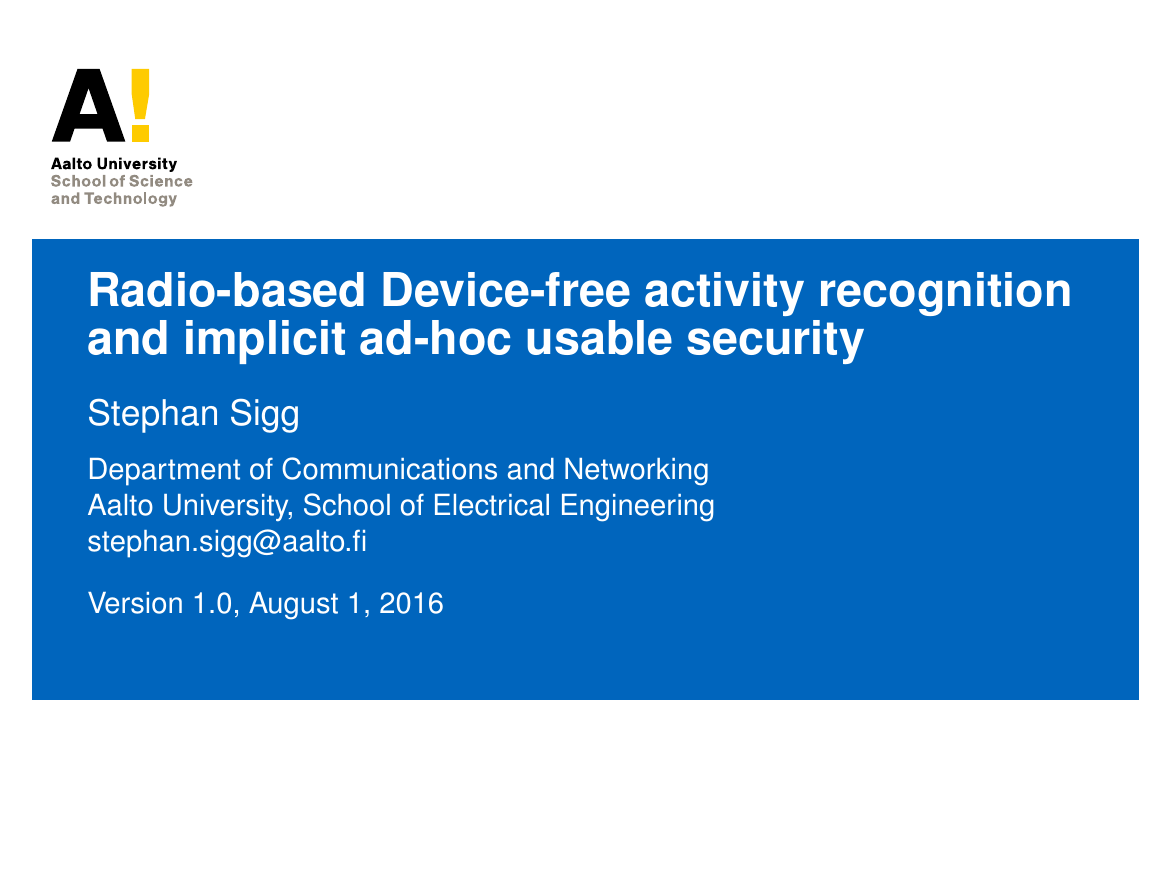
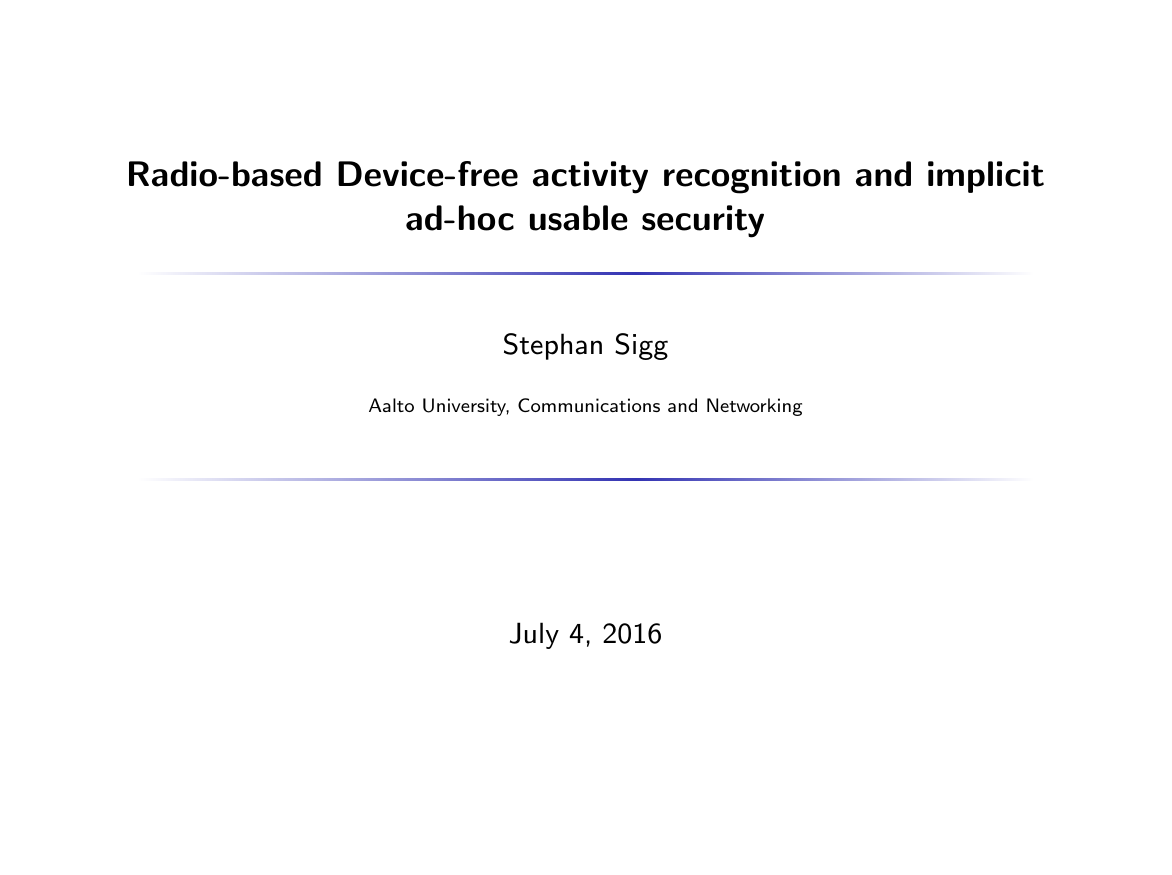
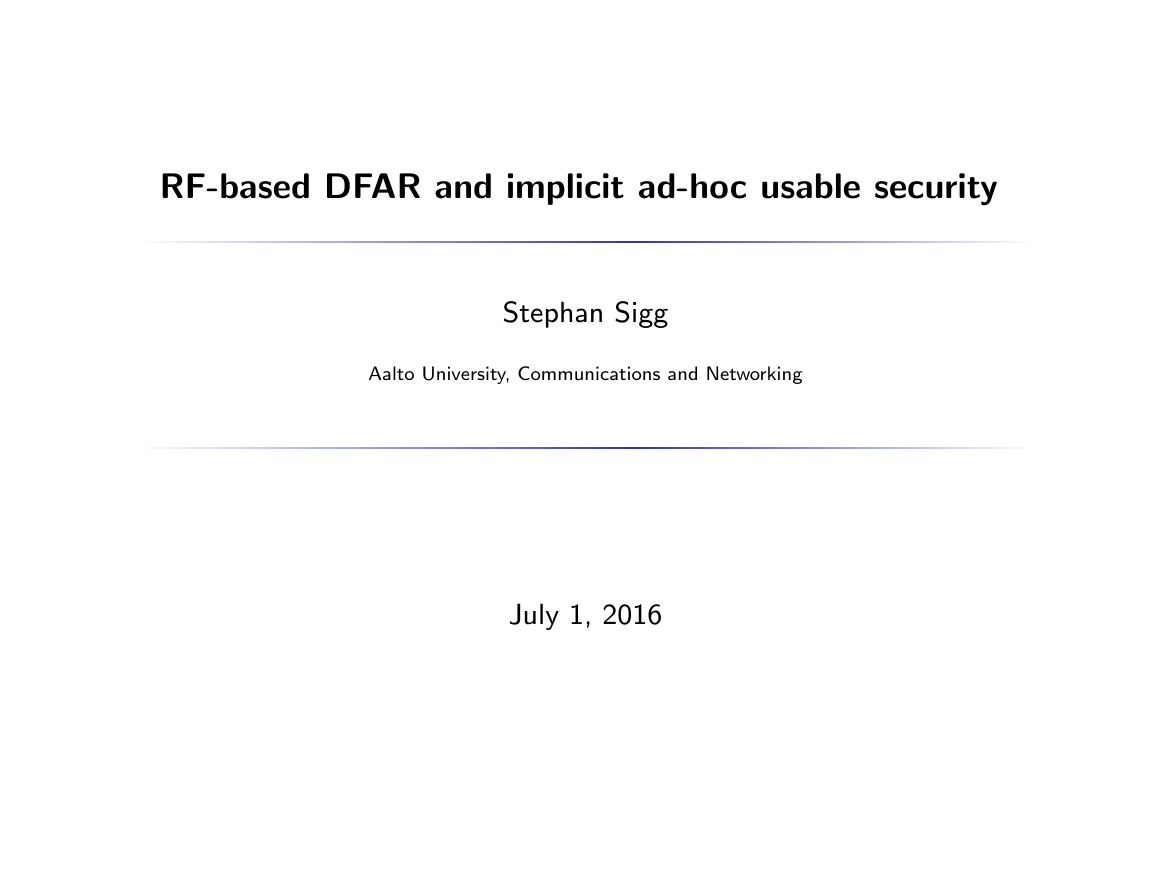

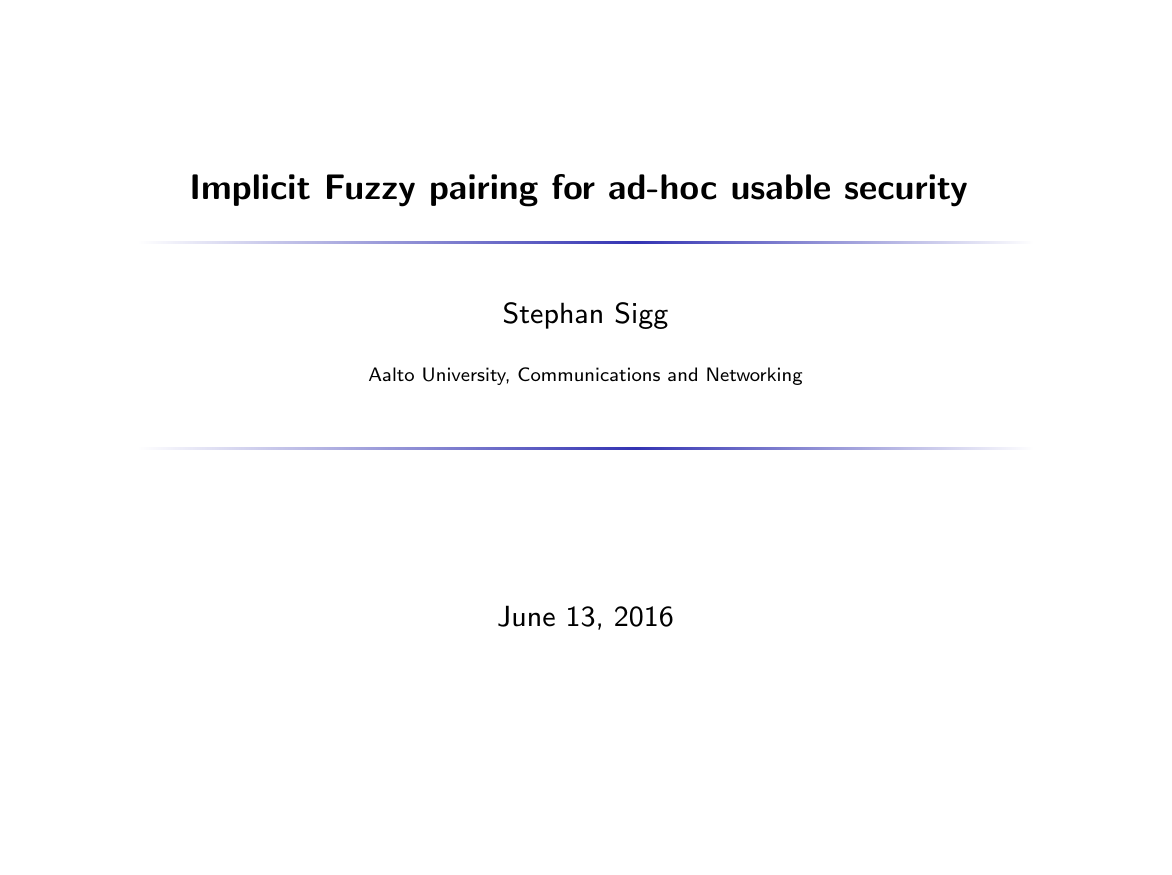
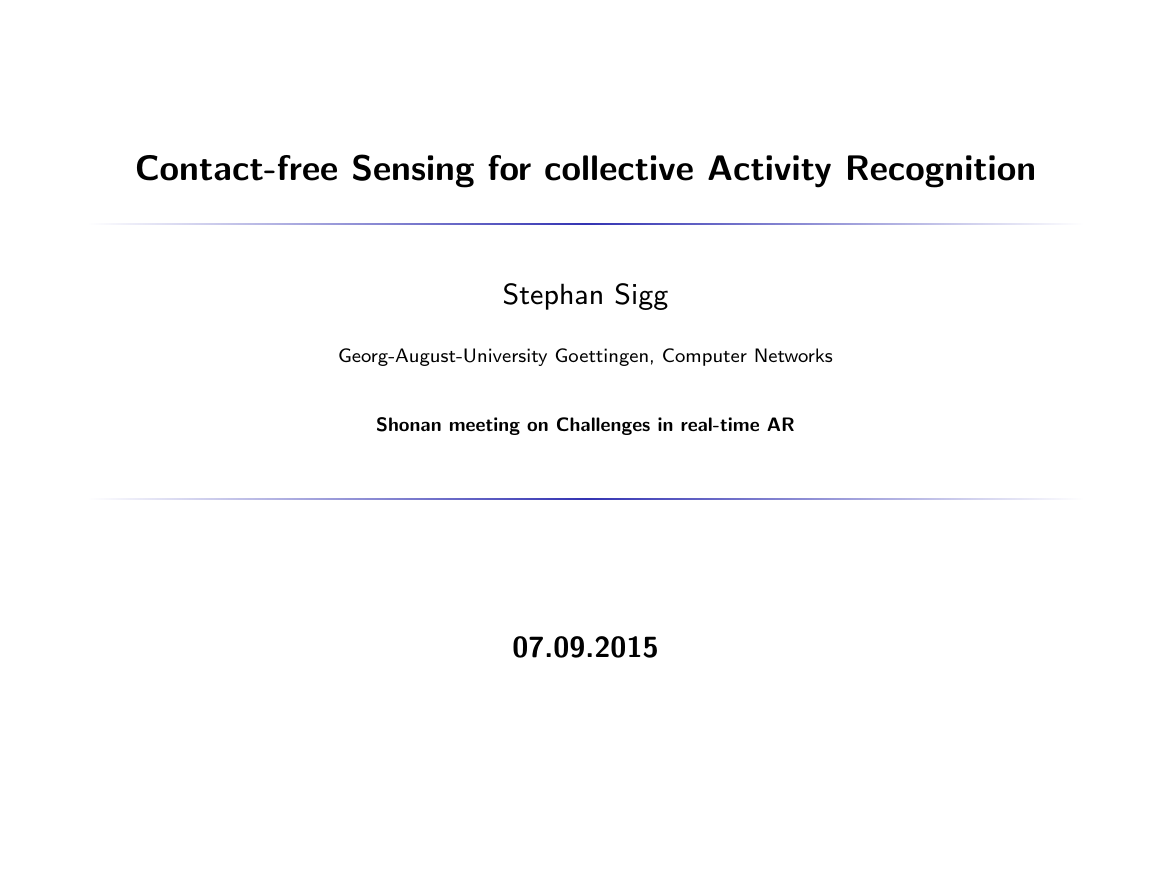
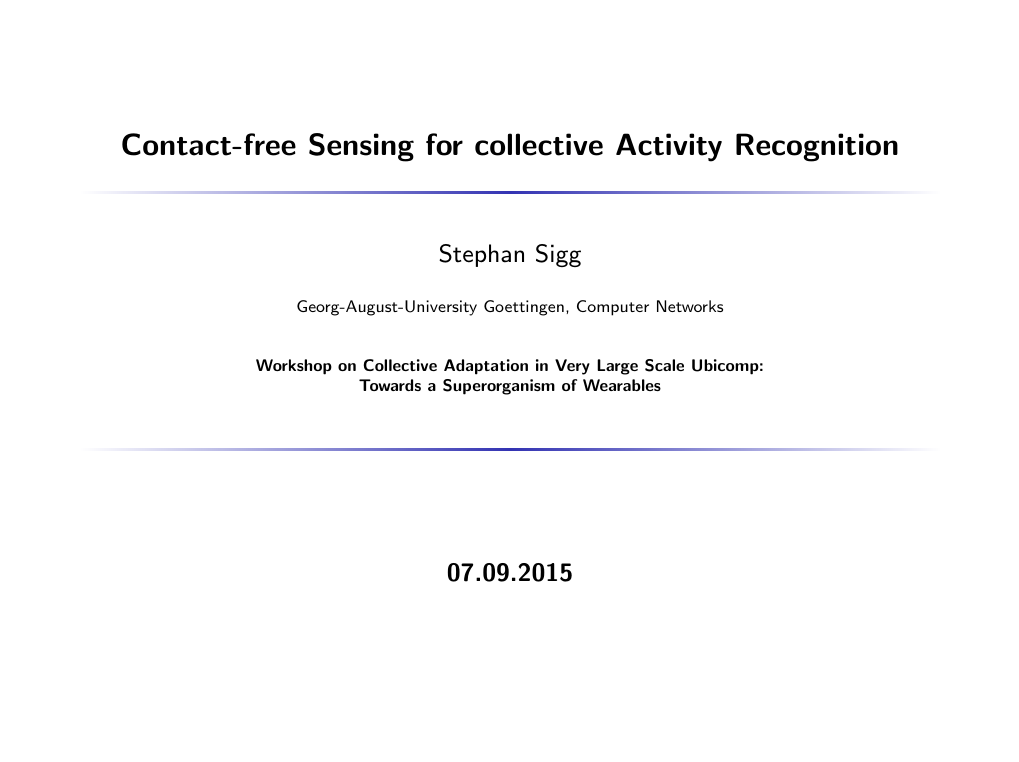

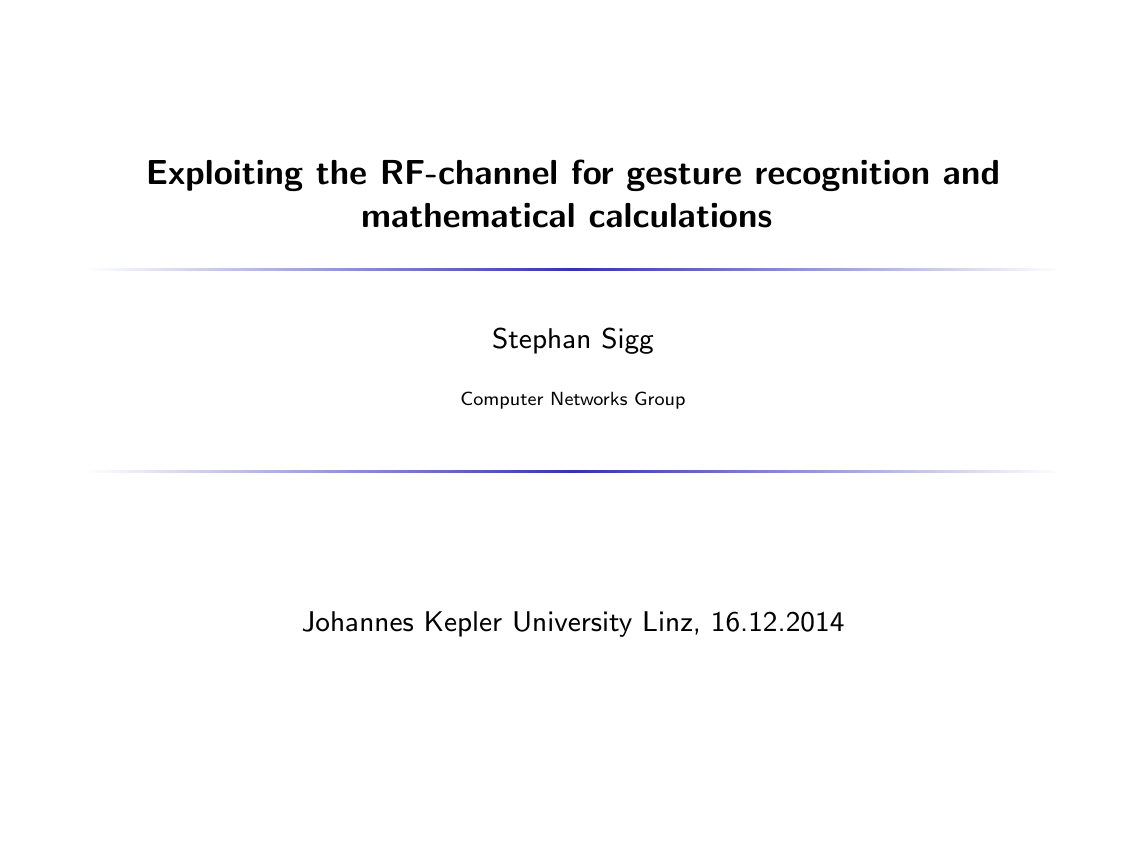

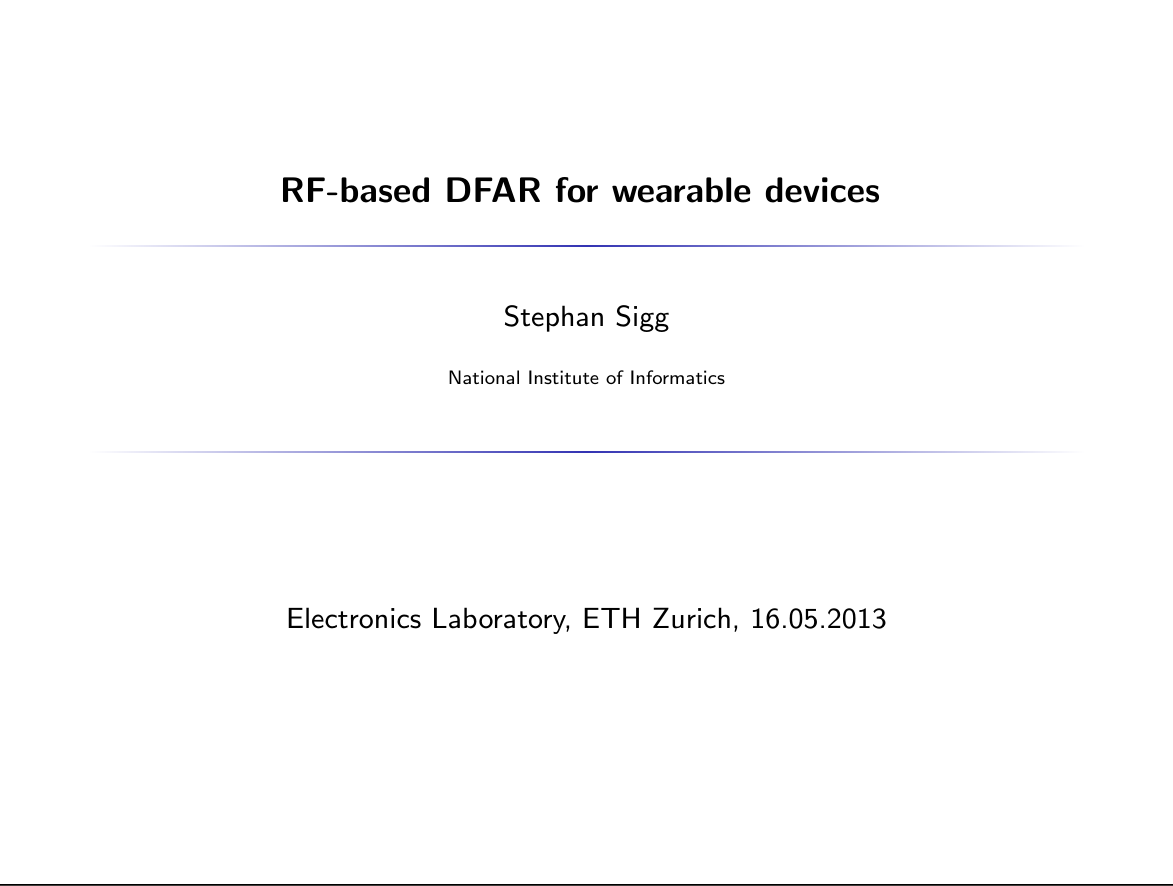
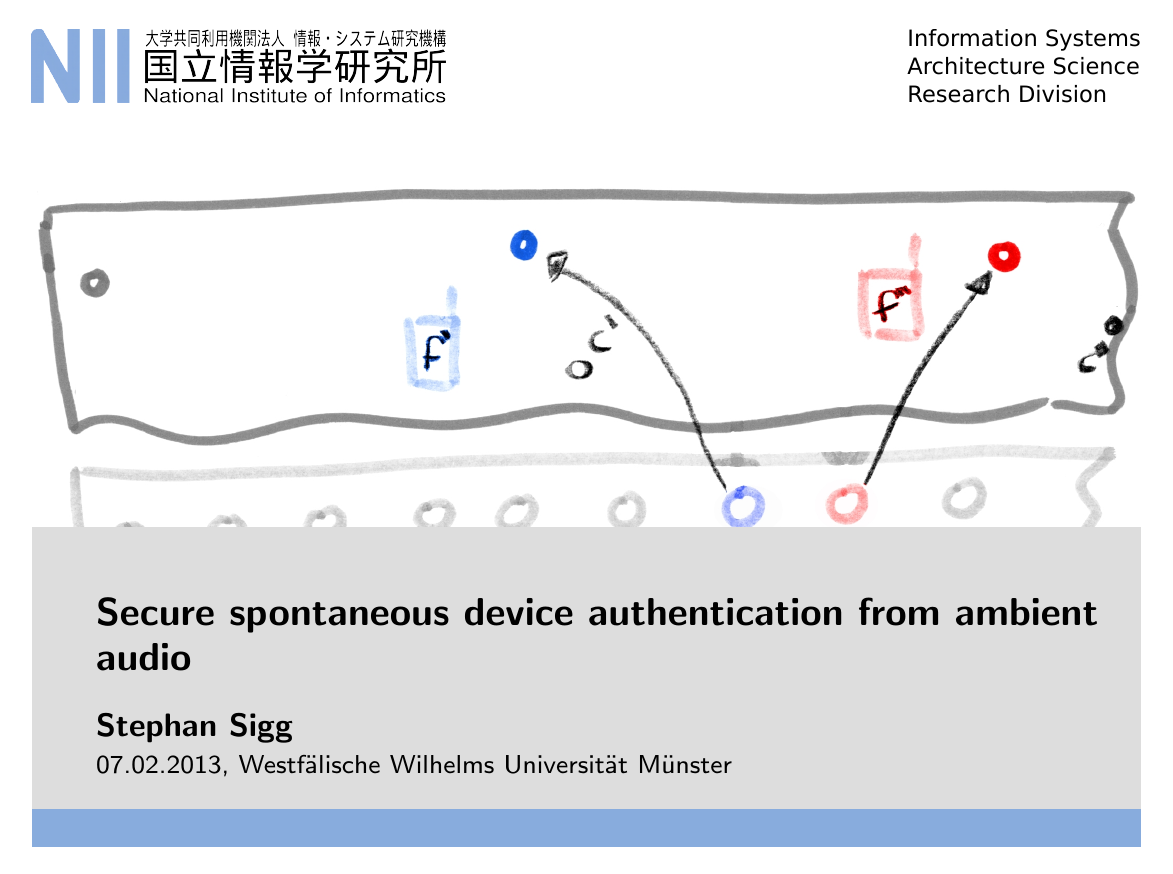
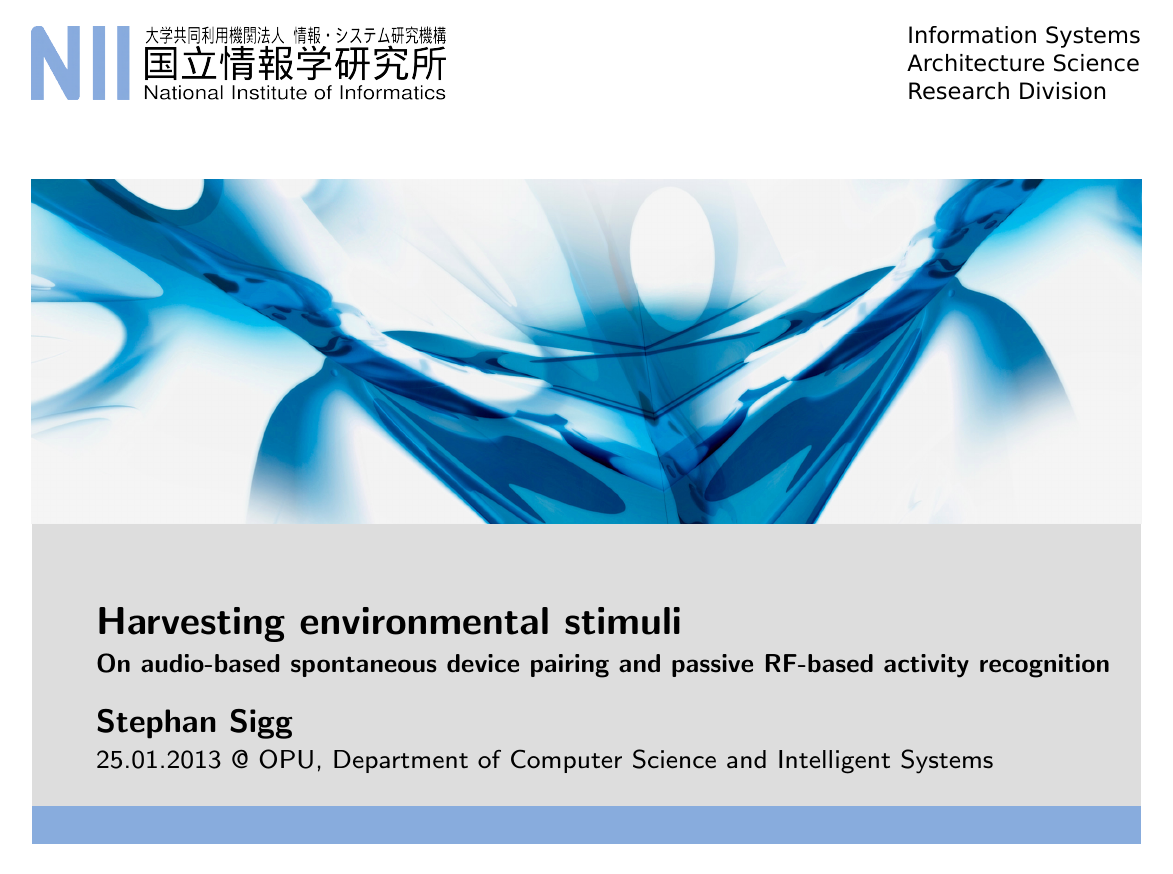

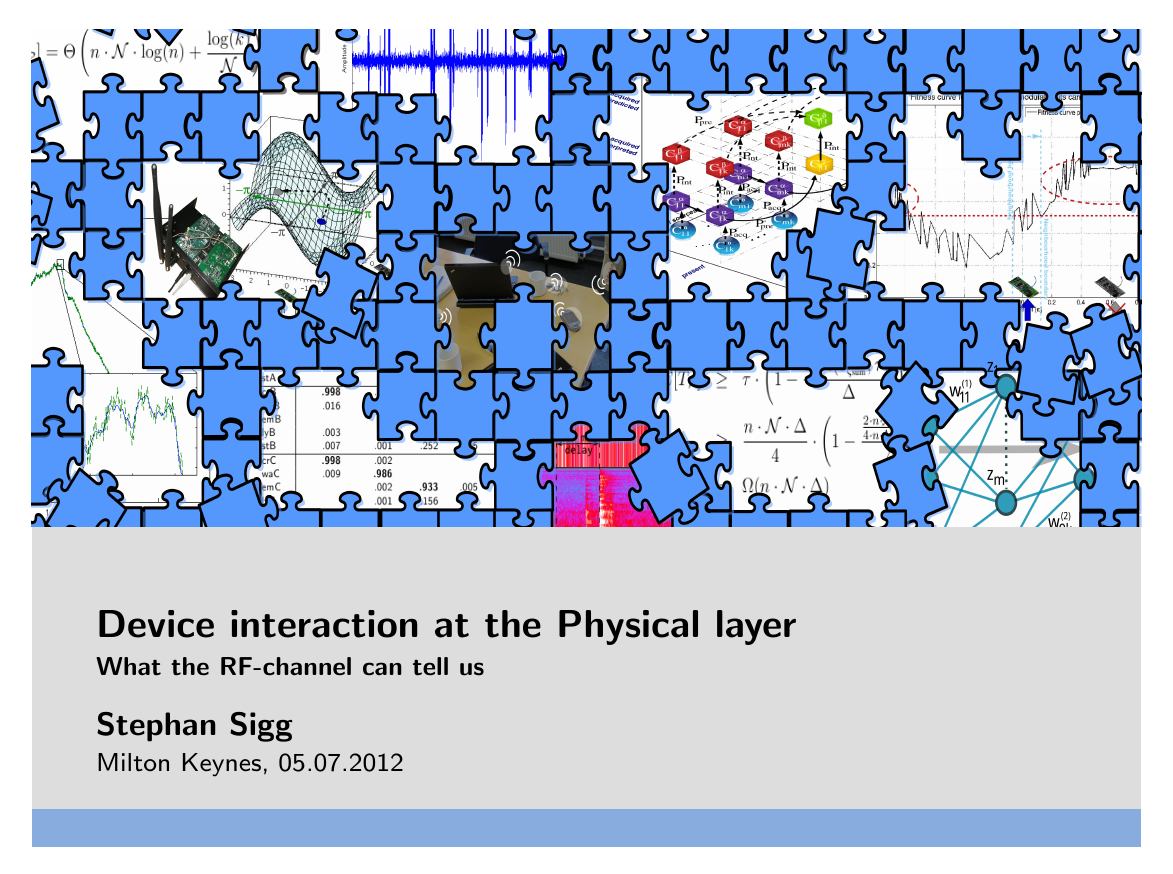
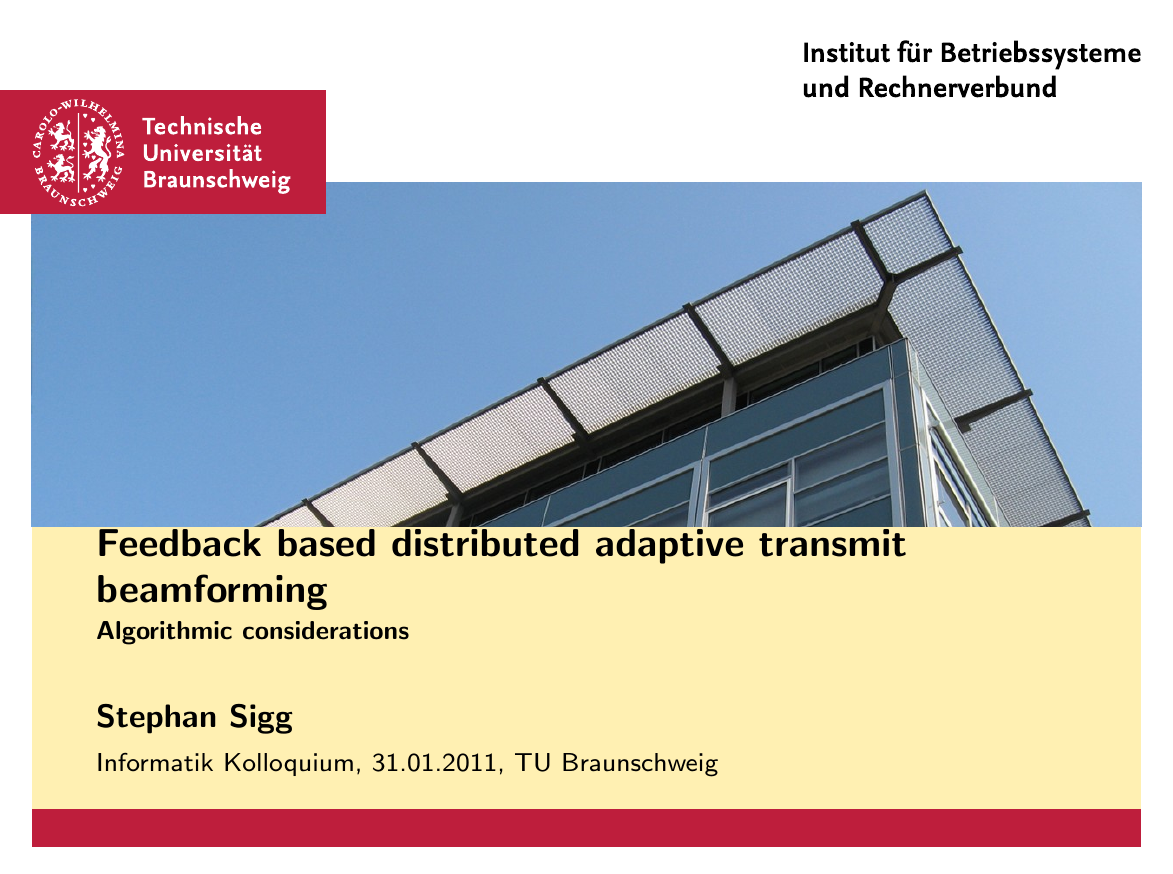
 Beamsteering for Training-free Counting of
Multiple Humans Performing Distinct Activities
Beamsteering for Training-free Counting of
Multiple Humans Performing Distinct Activities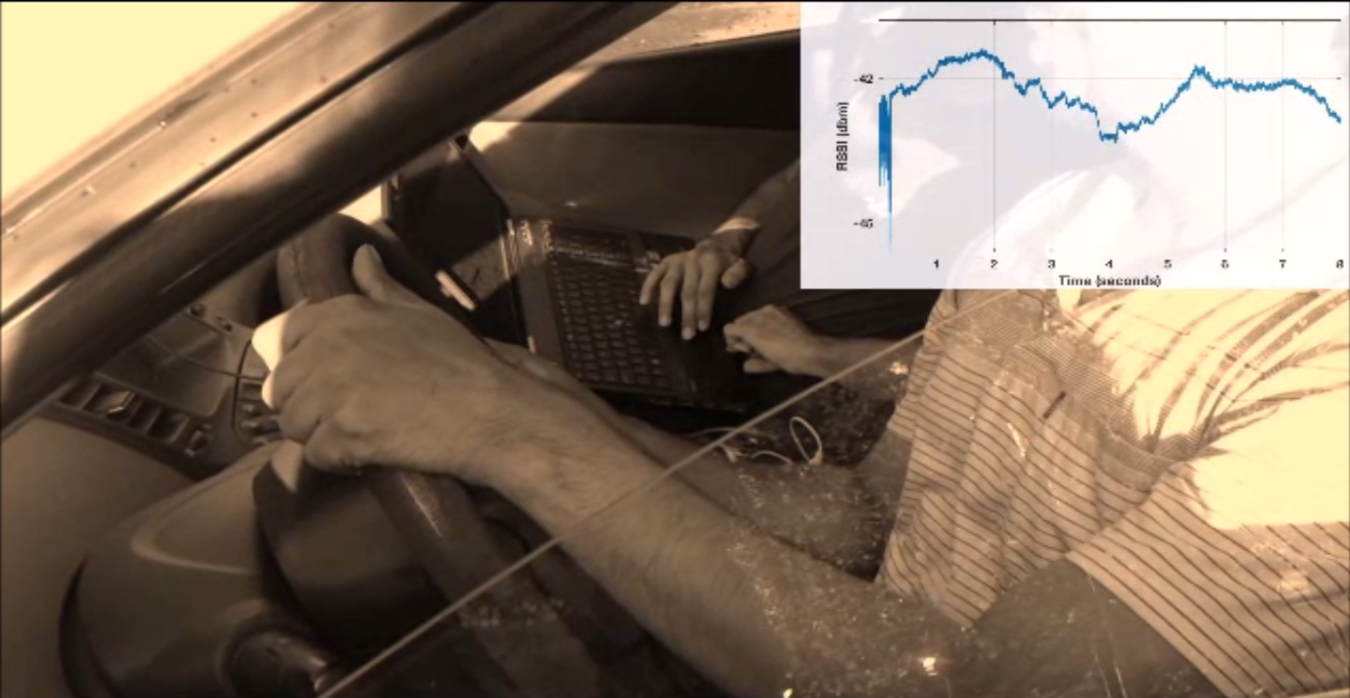 RFexpress! - RF Emotion Recognition in the Wild
RFexpress! - RF Emotion Recognition in the Wild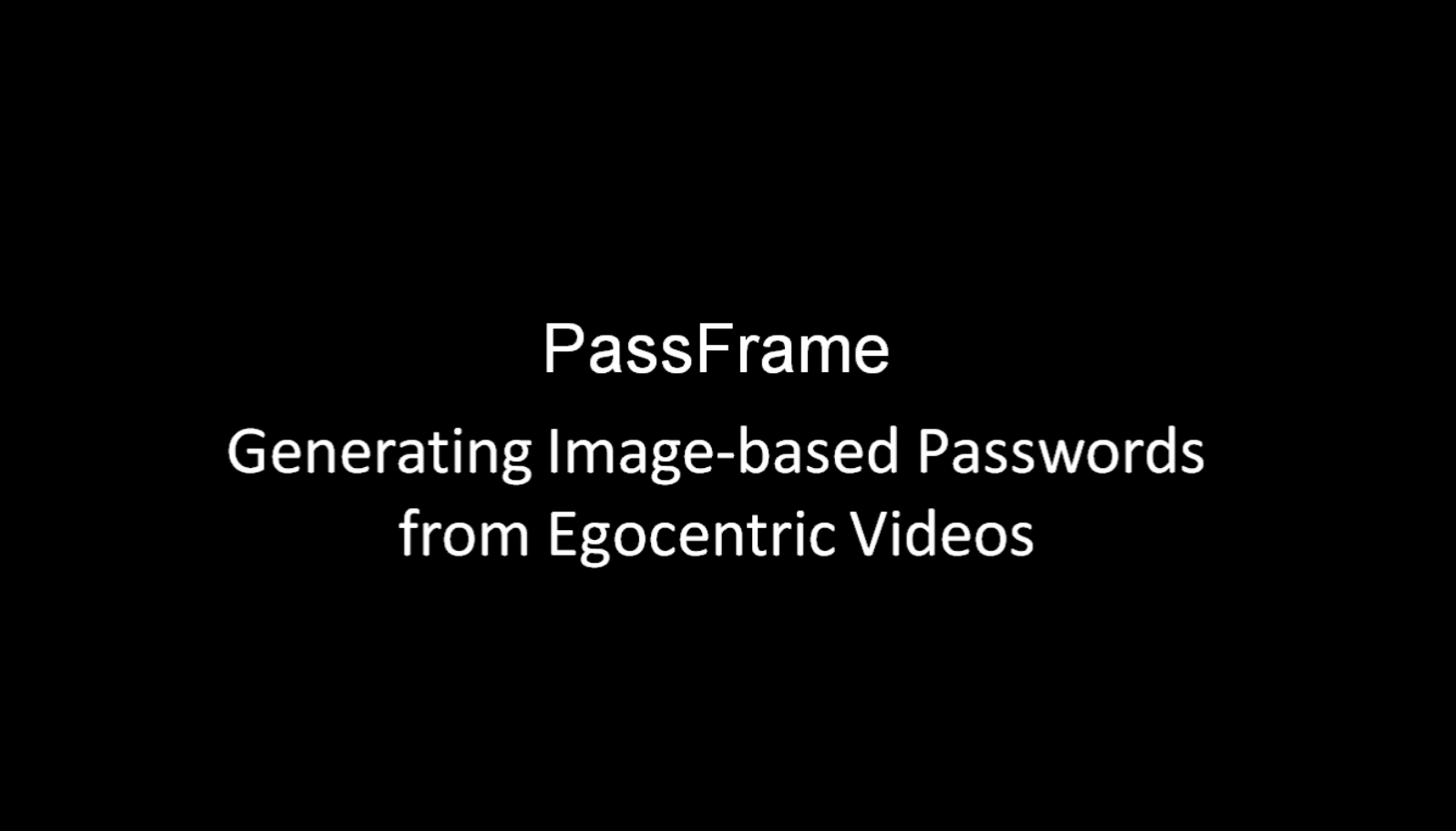 PassFrame: Generating Image-based Passwords from Egocentric Videos
PassFrame: Generating Image-based Passwords from Egocentric Videos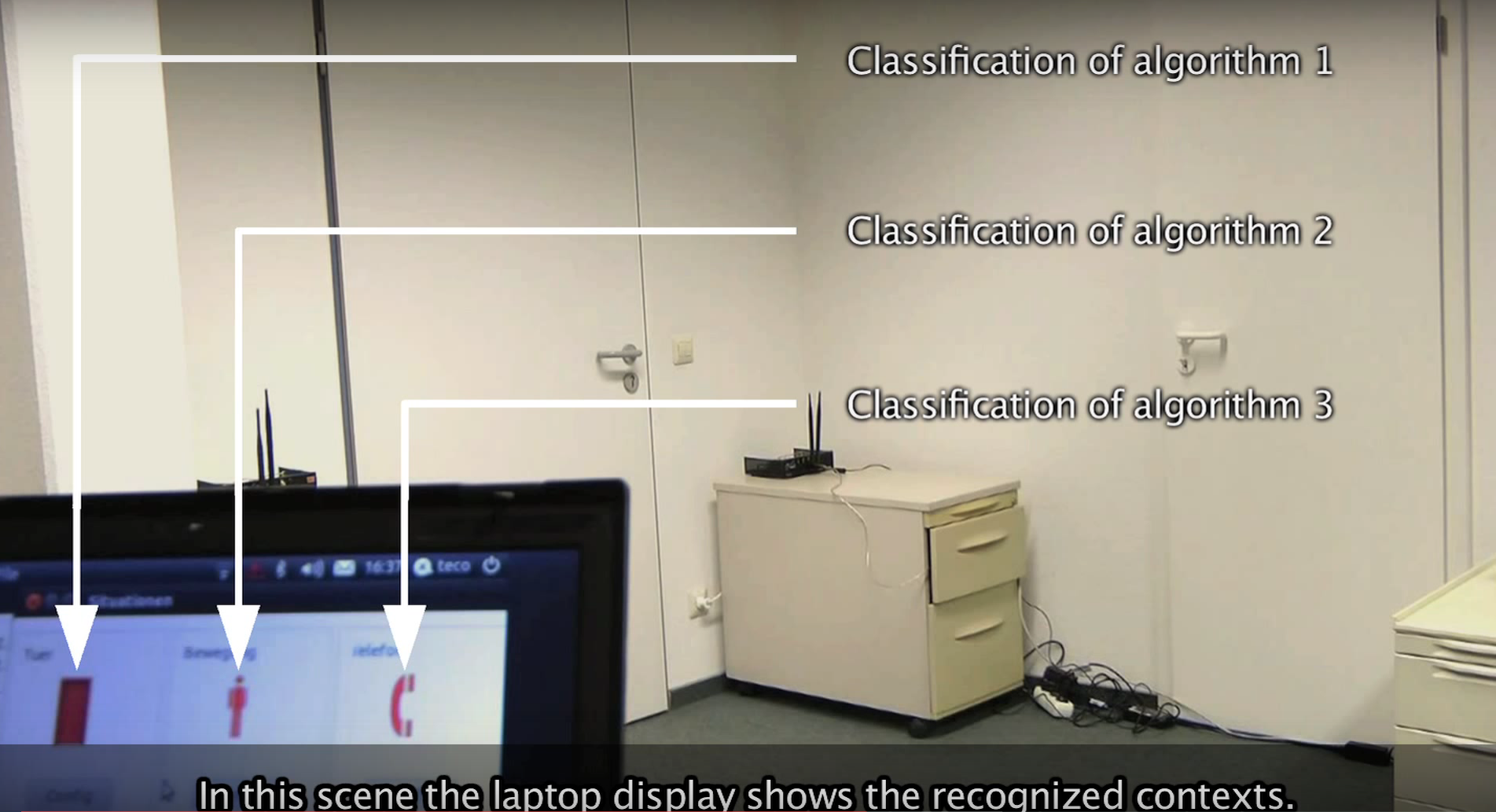 SenseWaves: Radiowaves for context recognition, Pervasive 2011
SenseWaves: Radiowaves for context recognition, Pervasive 2011
